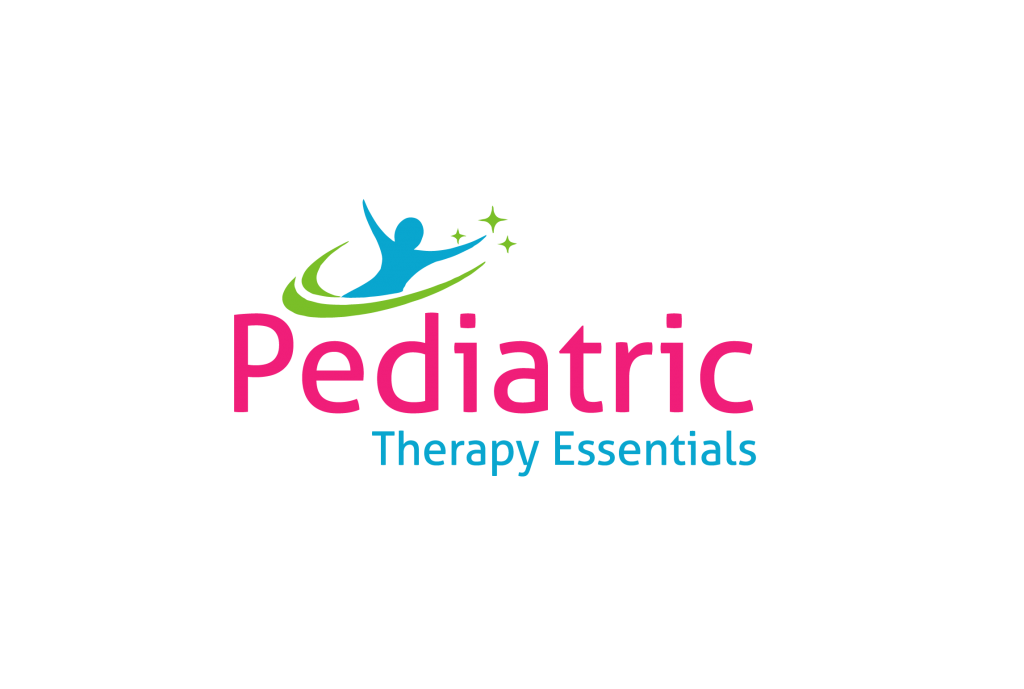In last week’s video/post we began our in depth look at core muscles, and I gave you some simple ideas and activities to strengthen these important muscles. But, what if a child has physical limitations that prevent them from strengthening their core muscles with those exercises? Can they still strengthen their core? Of course they can and that’s what we are going to talk about this week!
If you haven’t watched/read last week’s post, you might want to do that first in order to have all the background information on core muscles. But the quick version is this:
- Core muscles are the layers of muscle that surround the middle section of your body which is called your trunk.
- Core stability is needed for distal mobility to happen. Our trunk and core muscles are the central (proximal part) of our body. So, in order for the distal (further away from the center) parts of our body to move and do their jobs, they need to be attached to a stable base. Our core muscles provide that stable base from which all movement comes!
In the activities below, the goal is to activate the muscles of the core. Each activity will promote movement of the trunk forward/backward, side-to-side, diagonally, etc.. When the trunk moves in these directions, the core muscles must activate to move the trunk, to stop the trunk when the movement is finished, and to bring the trunk back to the middle.
Because all of these activities are performed in sitting, it’s really important to address positioning and posture before starting. For my student’s who are able to sit safely and independently in a standard chair, I use the 90-90-90 guide for posture as noted below.

We will dive into the 90-90-90 guide in an upcoming post/video. Until then, here are the basics. When sitting, the goal is to have a 90 degree angle between your trunk and upper leg, between your upper and lower leg (at the knee), and between your lower leg and floor (ankle). Of course no one sits with this perfect alignment, especially if there are issues of muscle tone or other orthopedic issues at play. But, the goal is to get as close to this position as possible. That means ensuring the chair is the correct high so the child’s feet are flat on the floor, checking to make sure the child is sitting up straight and not hunched forward, etc.
When I do these activities with my students who are not able to sit in a standard chair safely, I perform them in their adaptive seating devices. These devices offer excellent support and alignment and address the issues of muscle tone or orthopedic limitations that prevent the 90-90-90 posture. They support the student in as close to this position as they are able to comfortably tolerate.
Alright, let’s take a look at these fun activities!
- Pool Noodle Sword Fight: Time for a fencing match! This game is one of my students’ favorites. Using a pool noodle, sit across from each other and gently hit your partner’s noodle. If the child has difficulty grasping the pool noodle, an ace wrap or long sock can be used to help support the hand. The further from the middle that the noodles come in contact the harder the core works to stabilize the body.
- Tug of War: This old favorite can be played with the same pool noodle, rope, or even a dog leash. Sit across from a child and simply pull the noodle or rope back and forth. Again if the child has difficulty grasping the pool noodle, an ace wrap or long sock can be used to help support the hand.
- Shaving Cream Art: Set up a chair/adaptive device in front of a flat surface such as a countertop, mirror, door, or other stable surface. Place a small amount of shaving cream or cool whip on the surface and allow a child to play in it. Encourage the child to smear the cream over as large an area as possible to activate the core. If they are able to play on a vertical surface like a door, their core will work harder to access this surface.
- Dance Party: I love myself a good dance party. How about you? Turn on some fun music and dance it out. Encourage the child to move their arms over their head and side-to-side to activate their core. Songs like hokey pokey, chicken dance, or YMCA have the movements built right in, and most kids just love them.
- Simon Says: Similar to the dance party, the game Simon Says can be played in sitting. When playing this game try to use motions that will challenge the child’s core such as raise your hand over your head, touch your toes, touch your head, touch you knees.
- Push Pull Game: Sitting across from the child, lace your fingers in theirs. Then try to push or pull each other. Provide resistance as the child pushes or pulls you.
Since you’re already here have a look around!
-Heather
The items I used in the post and video are listed below.
Pool Noodles: https://amzn.to/328V9o0
Camera Equipment:
- Sony A7II: https://amzn.to/2OeSf8O
- Camera Microphone: https://amzn.to/2Dz3k2F
- Box Lights: https://amzn.to/304OoB3
- LED Lights: https://amzn.to/38YN6eZ
- Tripod: https://amzn.to/3gRiL4E
- Voiceover Microphone: https://amzn.to/2Dz3E1n
Pediatric Therapy Essentials, LLC is a participant in the Amazon Services LLC Associates Program, an affiliate advertising program designed to provide a means for sites to earn advertising fees by advertising and linking to amazon.com.

